Have you ever seen someone being mean online? Or maybe you’ve felt hurt by something someone posted? It’s important to know that words — even online — can really affect people. After watching two films, The Sextortion of Amanda Todd and Dark Cloud: The High Cost of Cyberbullying, I learned how important it is to be kind and safe when we use the internet.
Amanda Todd was a teenager who faced a lot of bullying online. Even though she was scared and sad, she made a video to share her story. She wanted to help others avoid the pain she went through. That takes a lot of bravery. Her story reminds us that we should always support each other — especially when someone is hurting.Amanda Todd’s experience reveals just how powerful — and painful — the internet can be when used to hurt someone. Her story shows that cyberbullying isn’t just about mean words. It can involve threats, lies, and even blackmail, all happening behind screens where bullies often hide their identities. Cyberbullying is when someone uses phones, computers, or social media to be mean or hurtful. It can happen anytime — even after school. People might say rude things, share embarrassing pictures, or leave nasty comments. And because it’s online, it can spread fast and be hard to stop. That’s why we need to think before we post, and always treat others with respect.
Cyberbullying is a serious problem that reaches beyond the classroom, following young people into their homes and personal lives. Unlike traditional bullying, it can happen anytime and spread quickly through photos or messages that are hard to erase. Hidden behind fake names, bullies often feel free to be cruel without consequences, leaving victims feeling scared, ashamed, and alone. Many are afraid to speak up, and adults may not always understand or know how to help. With technology changing so fast, it’s tough to keep up with new platforms where bullying can happen. That’s why it’s so important to raise awareness, teach kindness, and build strong support systems to keep students safe and heard.
Educators should teach students how to use the internet responsibly by including online safety, privacy, and kindness in everyday lessons. They can create a safe space where students feel comfortable speaking up, and work with parents and experts to stay informed about digital risks. By promoting respect and empathy, teachers help build a culture where students protect themselves and each other — both in school and online.
Teachers can foster digital empathy and responsibility by encouraging respectful online behavior, sharing real-life stories, and creating activities that help students understand how their actions affect others. A caring classroom culture starts with open conversations and trust. Barriers like limited time, fast-changing technology, or lack of training can be overcome by working with parents, counselors, and using expert resources to stay informed and prepared.

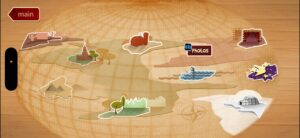
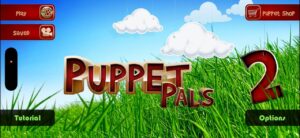
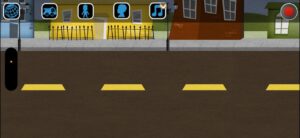
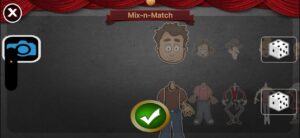
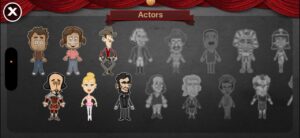
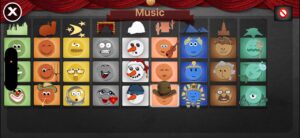
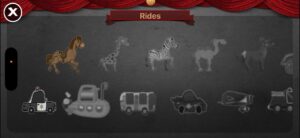
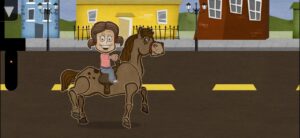
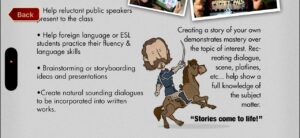
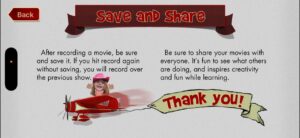
 to have a father who believed in my dreams. His unwavering support helped me rise above gender biases and pursue academic excellence. From a young age, I’ve loved helping others learn.
to have a father who believed in my dreams. His unwavering support helped me rise above gender biases and pursue academic excellence. From a young age, I’ve loved helping others learn.